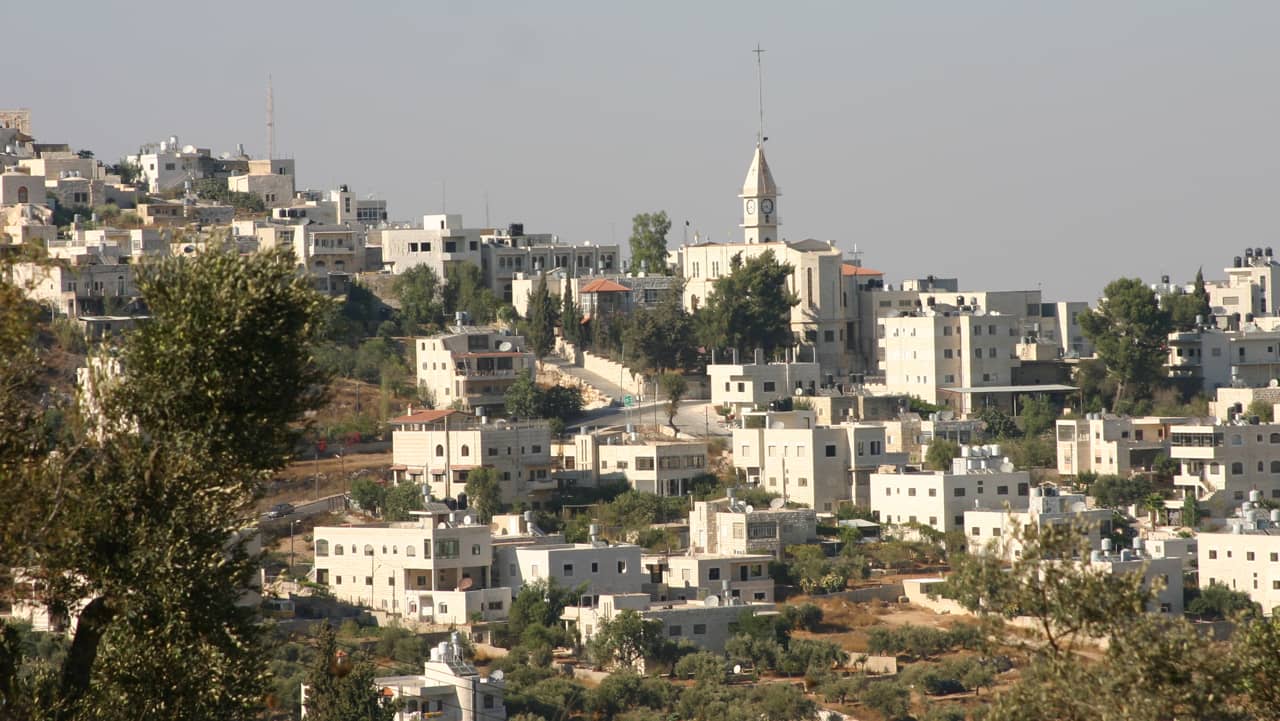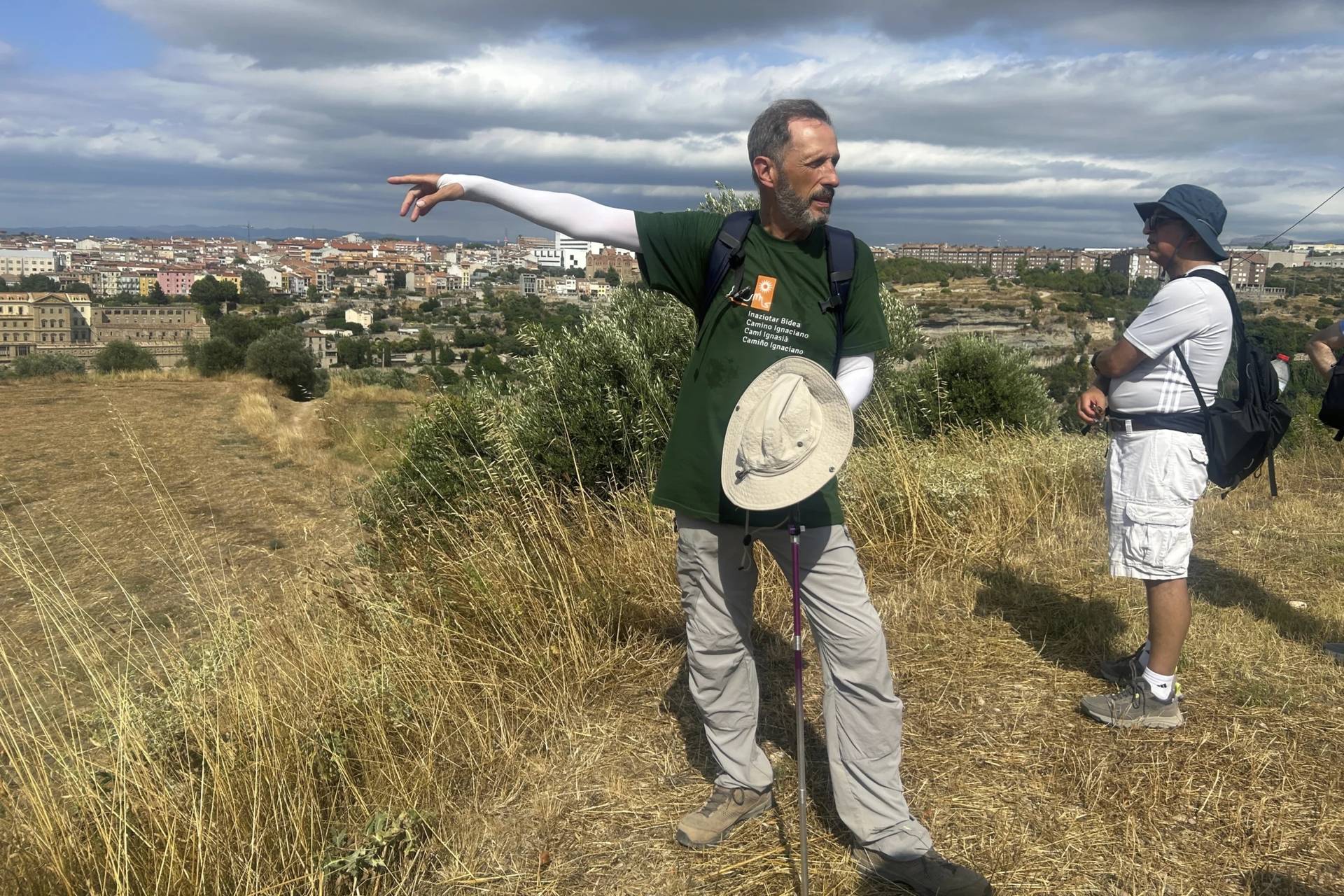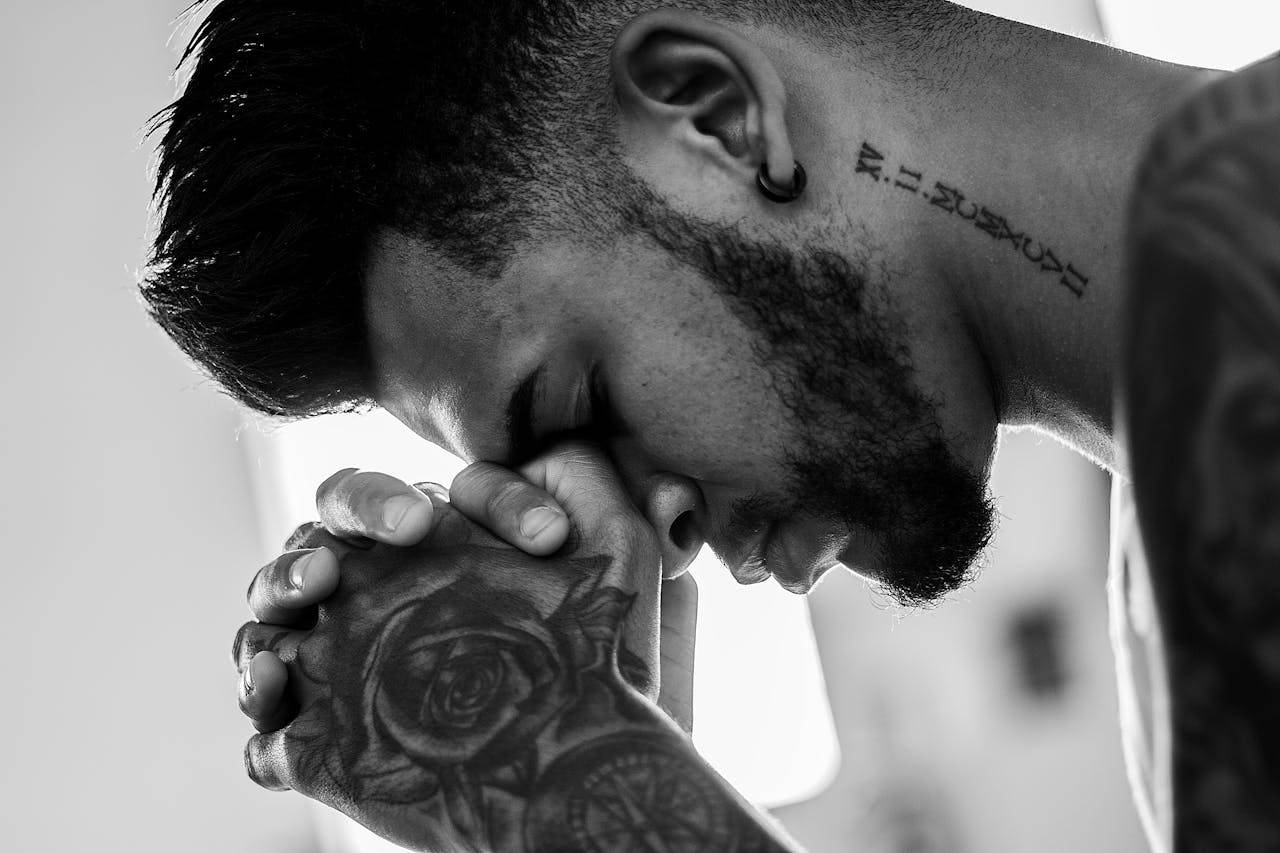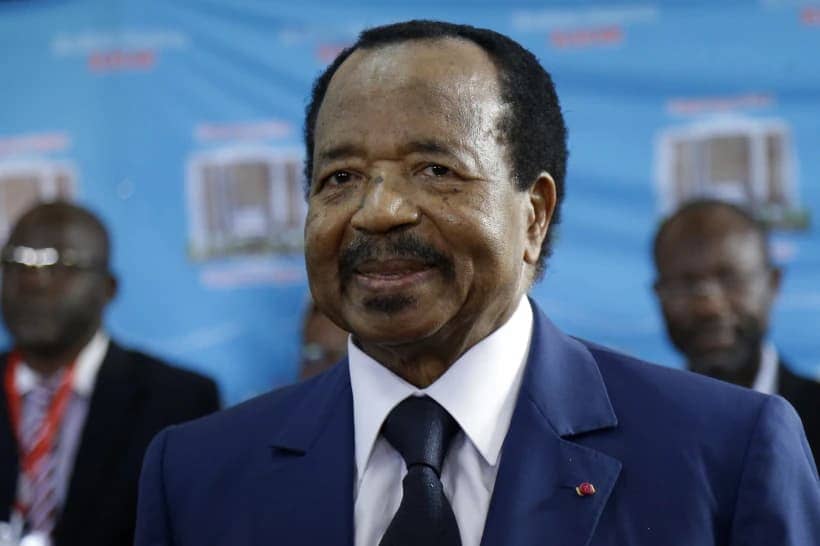On Saturday, Pope Francis will be praying a rosary to implore Mary’s intercession and protection amid the pandemic.
He will be praying live from the replica of the Lourdes Grotto in the Vatican Gardens May 30, the eve of Pentecost, starting 11:30 a.m. EDT. Joining him in Rome will be “men and women representing various categories of people particularly affected by the virus,” including a doctor and a nurse, a recovered patient and a person who lost a family member to COVID-19.
This artificial cave in the Vatican gardens, built between 1902-1905, is a replica of the Lourdes Grotto found in France. Pope Leo XIII called for its construction, but it was inaugurated by his successor, Pope St. Pius X in 1905.
But the pope won’t be praying alone, joining Francis through the live stream will be some of the world’s most famous Marian shrines.
Archbishop Rino Fisichella, the head of the Vatican’s Council for New Evangelization, sent a letter earlier this month to the rector of shrines around the world, in which he asked them to join in the initiative by praying the rosary at the same time, streaming it live and promoting the initiative through social media with the hashtag #preghiamoinsieme and its translation to the local language, which in English would be #wepraytogether.

The plan for the transmission is combine images coming live from Rome with those coming from the Shrine of Our Lady of Guadalupe, in Mexico; Fatima in Portugal; Lourdes in France; the National Pilgrimage Centre Elele in Nigeria; Częstochowa in Poland; the National Shrine in the United States; the Shrine Of Our Lady Of Walsingham in England; several Italian shrines, including that of Our Lady of Pompei, Loretto, Church of Saint Pio of Pietrelcina; the Oratory of St. Joseph in Canada; Notre Dame de la Paix in Ivory Coast; the Shrines of Our Lady of Lujan and of the Miracle, in Argentina; Aparecida in Brazil; Knock in Ireland; the Shrine of Our Lady of Covadonga in Spain; the National Shrine of Our Lady Ta’Pinu in Malta and the Basilica of the Annunciation, in Israel.
Though the list of shrines Crux obtained includes several other shrines – mostly from Italy and Latin America – there are no shrines from Asia or Oceania. Sources consulted by Crux said that this was mostly due to the time difference: Though 5:30 p.m. Rome means 11:30 a.m in some cities in the United States, it also means 1:30 a.m. in Sydney.
A spokesperson for the Shrine of Our Lady of Lujan, in Argentina, one of Pope Francis’s favorites when he was the archbishop of Buenos Aires, said that due to the pandemic, only a “handful” of people will be inside the basilica a little after noon locally to join the pope in this “sign of hope and the victory of life over death.” The list includes Archbishop Jorge Eduardo Scheinig and the priests who minister in the shrine, the mayor of Lujan and some lay men and women who will help set up the internet and television feed.
The pontiff used to visit this shrine at least once a year when he was in Argentina, during the annual pilgrimage between Buenos Aires and Lujan, some 40 miles northwest from the Argentine capital.

The letter sent by Fisichella asked the shrines to provide the Vatican with a link for the live streaming, so that while the pope prays, images from different countries appear in the official stream, which will be available in the Vatican’s YouTube channel and the social media pages of the office organizing the moment of prayer.
In the case of the National Shrine of the Immaculate Conception, in Washington D.C., Monsignor Walter Rossi, Rector of the Basilica, will lead the rosary, and a spokesperson confirmed they were providing the Vatican with their livestream, as requested.
Some of the participating shrines – including Fatima, Lourdes and Guadalupe – are at the sites of Vatican-approved Marian apparitions.
The National Pilgrimage Centre Elele in Nigeria is among the lesser known Marian shrines, but it has a unique history: According to the center’s webpage, Elele was known as “a dumping ground for war victims.”
“The situation was worsened by the inflow of over thirty thousand dehumanized victims from the Maitatsine uprising from the Northern part of Nigeria and later those displaced by Boko Haram insurgency,” the site says. “People were war-torn and disoriented. The reality of human suffering was written on the faces of countless humans. There was no food in the land and many were dying of hunger and kwashiorkor [a form of malnutrition]. People were homeless, many maimed, rejected and dejected. There was no functional school, hospital, and even market. Consequently, death in interval of hours was taking its tolls on mankind.”
The Basilique Notre-Dame de la Paix in Ivory Coast is, according to the Guinness World Records the largest church in the world, though technically, it’s not: The 320,000 square feet counted for the record also include a rectory and a villa, which is not strictly part of the church. Completed in 1989 and clearly inspired by St. Peter’s, Notre-Dame de la Paix is in the country’s administrative capital, Yamoussoukro. It is such a symbol of national pride that, during the country’s decade of civil conflict in the early 2000’s, citizens often sought refuge within its walls, knowing it would never be attacked.
According to a statement released by the Pontifical Council for Promoting New Evangelization earlier this week, “at the feet of Mary, the Holy Father will place the many troubles and sorrows of humanity, further worsened by the spread of COVID-19.”
According to the statement, the prayer, which coincides with the end of the Marian month of May, “is another sign of closeness and consolation for those who, in different ways, have been struck by the coronavirus, in the certainty that the Heavenly Mother will not disregard the requests for protection.”
Follow Inés San Martín on Twitter: @inesanma















